You’ve landed in a new country, camera ready, itinerary in hand. But then it hits you—how do you actually get around? For travelers who want to explore deeper while saving time and money, mastering local transit is a game-changer. Using public transport abroad may seem daunting at first, but with the right mindset and tools, you’ll be zipping through subways and hopping onto trams just like a local.
In 2025, more cities are expanding their transit systems, integrating contactless technology, and providing eco-friendly options. Whether you’re headed to Tokyo or Istanbul, this guide will help you conquer public transport in foreign cities with confidence—and maybe even a little swagger.
Why Using Public Transport Abroad Is Worth It
- Affordability: Mass transit is almost always cheaper than taxis or rental cars.
- Authentic Local Life: You’ll see and experience the city the way residents do.
- Environmental Impact: Trains and buses reduce your carbon footprint.
- Efficiency: Major cities often have faster public options than car travel.
- Freedom: Forget parking, traffic, and high fuel costs.
Public transport can elevate your travel game—once you know how to navigate it.
Before You Go: Plan Ahead
- Research the system: Find out if the city uses buses, subways, trams, ferries—or all four.
- Check operating hours: Some cities have limited night service or different schedules on weekends.
- Download apps: Google Maps works in most places, but local apps like Citymapper (global), Moovit, or specific transit apps are often more accurate.
- Learn basic terms: Know words like “exit,” “line,” “transfer,” or “ticket” in the local language.
- Check for passes: Weekly or tourist cards often provide unlimited rides at a discount.

Buying Tickets and Passes
Using public transport abroad usually means dealing with unfamiliar machines or systems. But it’s easier than it looks. Here’s how:
- Vending Machines: Common in subways. Look for an English option or pictograms.
- Transit Cards: Cities like London (Oyster), Seoul (T-money), and Paris (Navigo) use rechargeable cards.
- Mobile Tickets: Many systems allow you to buy and show tickets through an app.
- Cash Options: Still common for buses in less digitized areas. Carry small change just in case.
Tip: In many places, you can’t buy a ticket from the driver—especially on trams or subways. Get your fare ready in advance.
City-Specific Transit Insights
Tokyo, Japan
The world’s most punctual and intricate system. Get a Suica or Pasmo card, and download the Japan Transit Planner app. Stations are clean, color-coded, and multilingual.
London, UK
The iconic Tube is fast and efficient. Use an Oyster card or contactless bank card. Always stand on the right of escalators and mind the gap!

Buenos Aires, Argentina
Affordable subway lines (Subte) and colorful buses. Get a SUBE card at kiosks. Buses require a pre-loaded balance and don’t accept cash.
Bangkok, Thailand
Use the BTS Skytrain or MRT subway for modern, air-conditioned rides. Buy reloadable Rabbit cards for BTS and MRT cards separately—unfortunately, they’re not integrated (yet).
Berlin, Germany
Seamless connections between U-Bahn (underground), S-Bahn (above ground), and trams. Validate paper tickets before boarding or use a mobile ticket.
Etiquette and Safety Tips
- Stand aside: Let people exit before entering.
- Give up seats: Offer your spot to the elderly, pregnant, or disabled.
- Keep bags close: Especially in crowded cities where pickpocketing is common.
- Don’t block doors: Move inward after boarding.
- Be aware of rush hours: 7–9 AM and 5–7 PM are peak times in most cities.
Understanding Transit Maps
Transit maps may seem overwhelming, especially in large cities. Start by locating your current station and desired destination. Then:
- Follow color-coded lines and note where you need to transfer.
- Use mobile apps for real-time directions and alerts.
- Ask staff or locals for help—they’re often glad to assist.
What to Do When Things Go Wrong
Missed your stop? On the wrong train? Don’t panic. It happens to locals, too. Simply exit at the next station, reassess, and reroute.
- Use Google Maps’ live transit updates to re-navigate.
- Re-enter the system (with your ticket or card) if needed.
- Ask station agents for help—most speak basic English in tourist areas.
Public Transit for Different Traveler Types
- Solo Travelers: Public transport adds structure and lowers safety risks at night.
- Families: Look for family passes or day tickets to save money.
- Budget Travelers: You’ll cut down significantly on transport expenses by going local.
- Business Travelers: Trains are often faster and more predictable than taxis in major cities.
We’d Love to Hear from You!
What’s your best (or worst) public transport experience while traveling? Have you ever gotten lost and ended up discovering something unexpected? Tell us in the comments—and help other travelers learn from your ride!
And don’t forget to follow us on social media for transit hacks, metro maps, and cultural etiquette tips from cities across the globe.
Conclusion: Mastering the Art of Using Public Transport Abroad
Using public transport abroad opens up a whole new way to experience travel. It’s budget-friendly, culturally immersive, and often the smartest way to move through major cities. With a little prep and confidence, you’ll ride trains, buses, and trams like you were born there.
So next time you’re abroad, skip the taxi line and tap into the rhythm of the city—one metro stop at a time.
Catch up on the top stories and travel deals by subscribing to our newsletter!

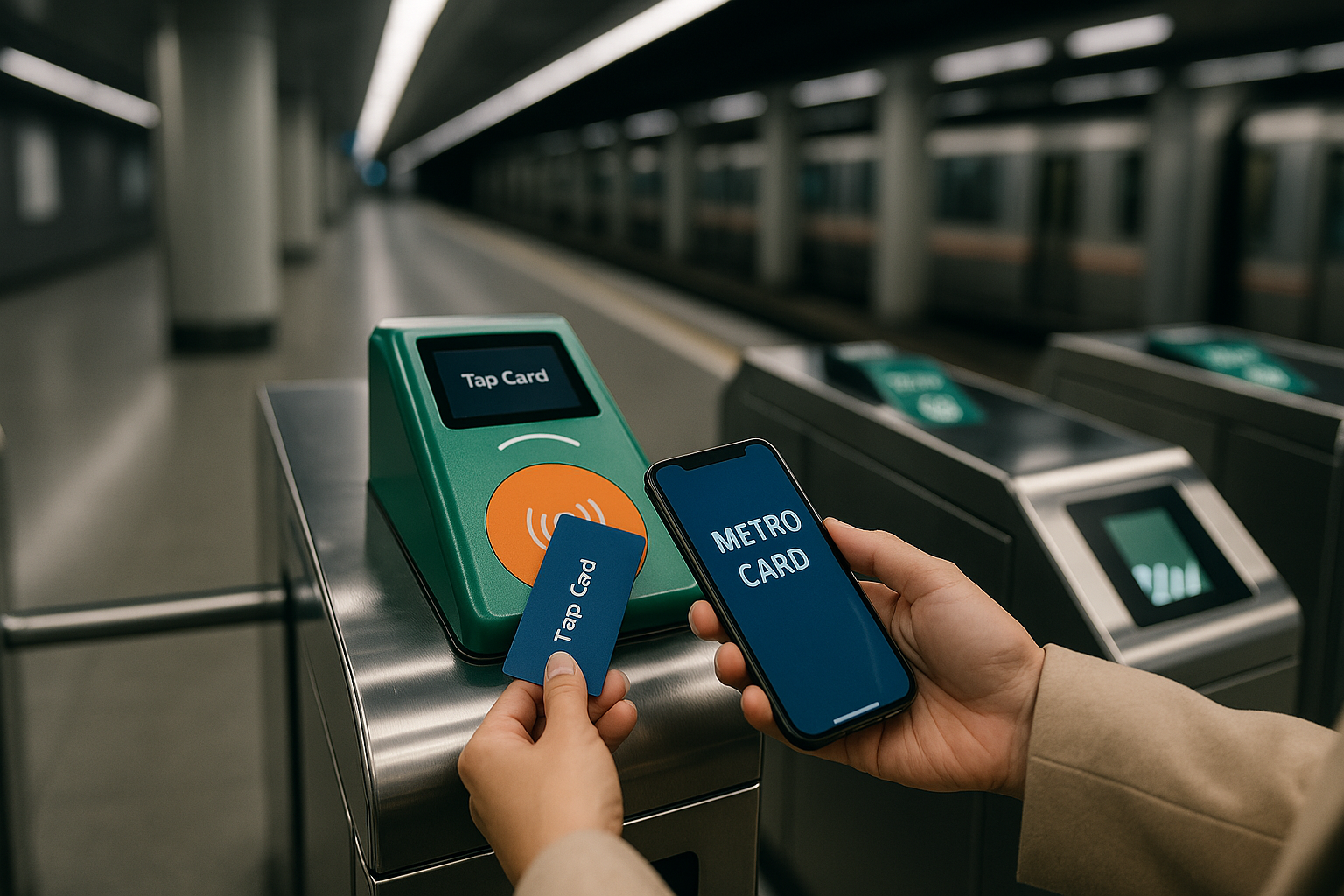

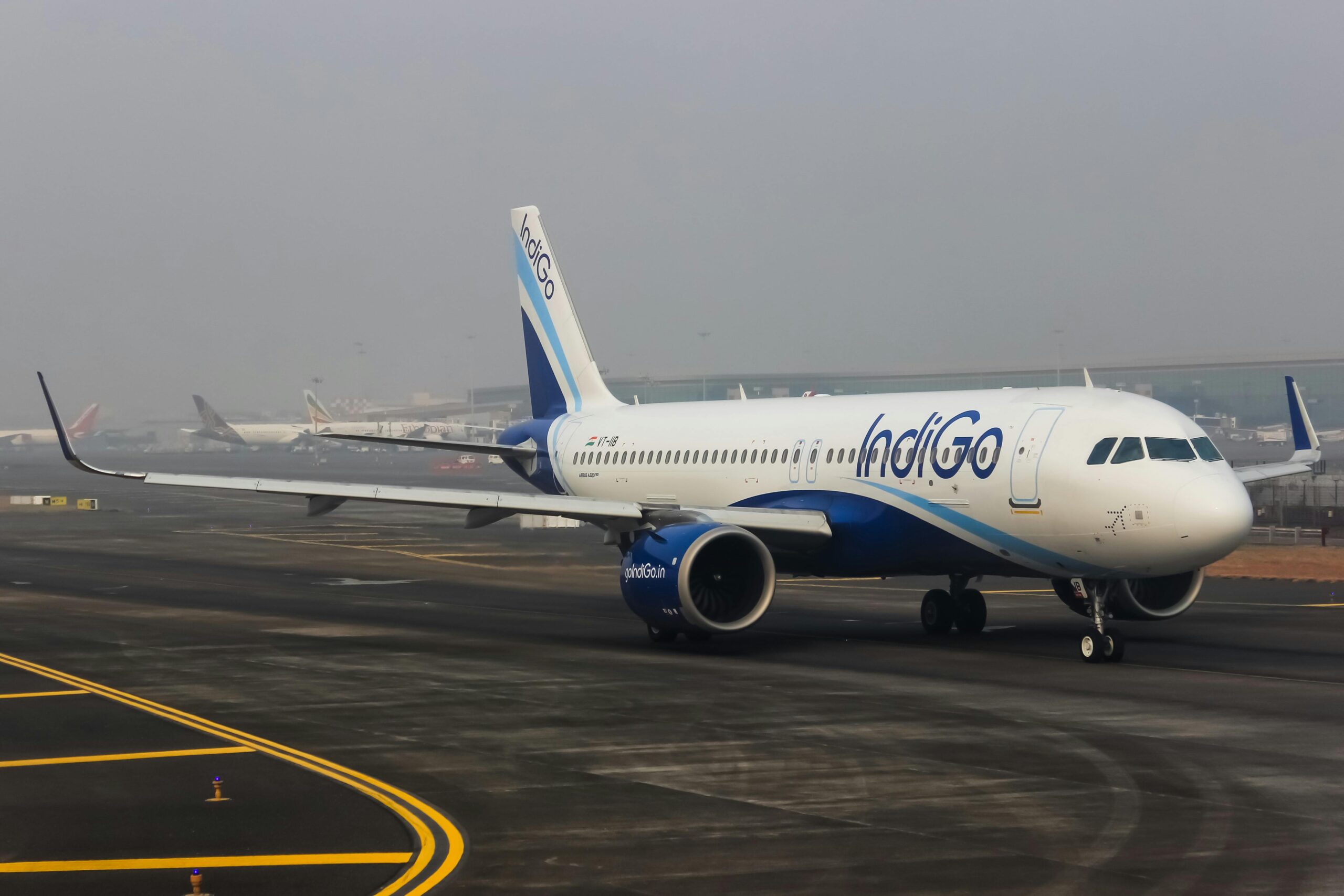
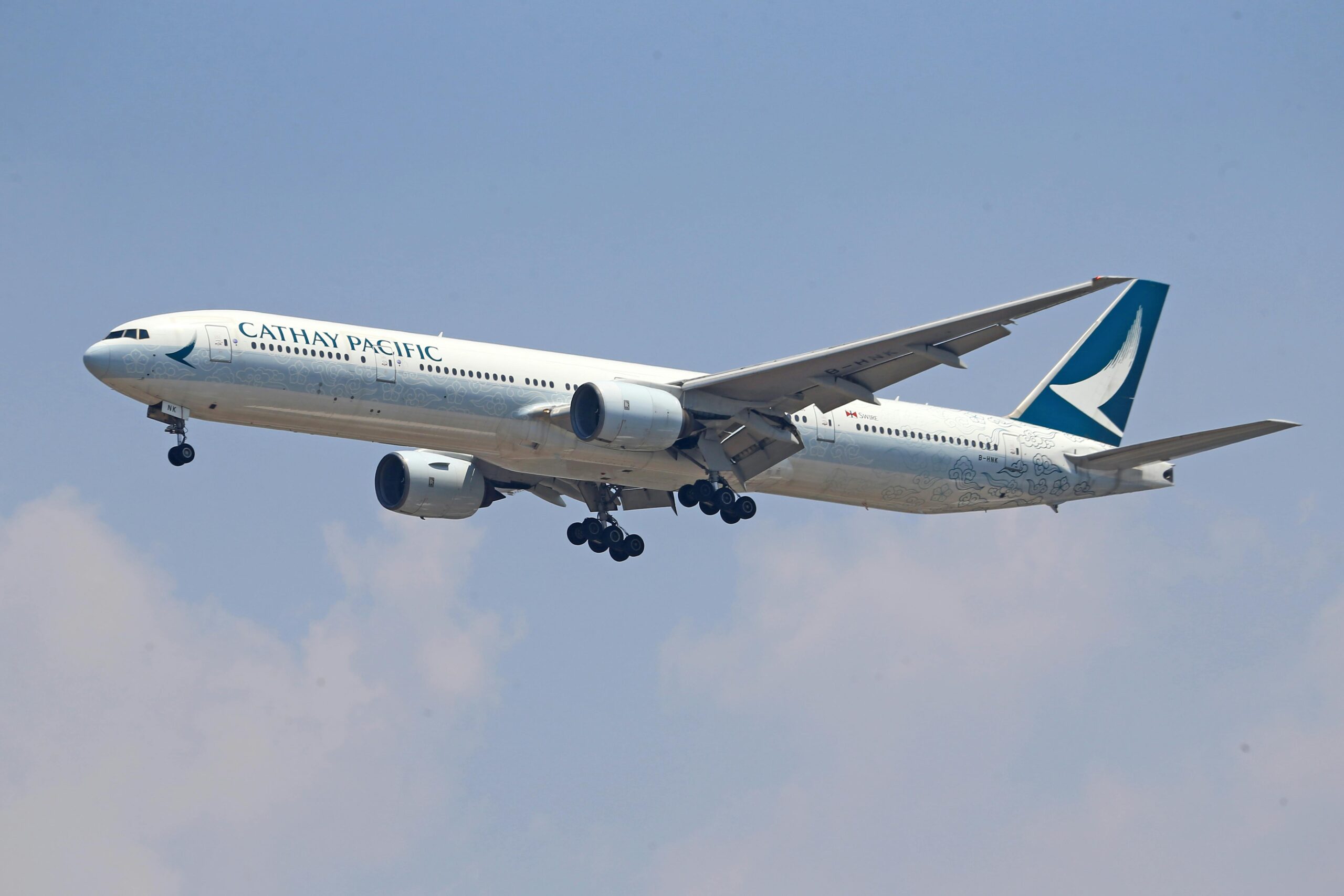

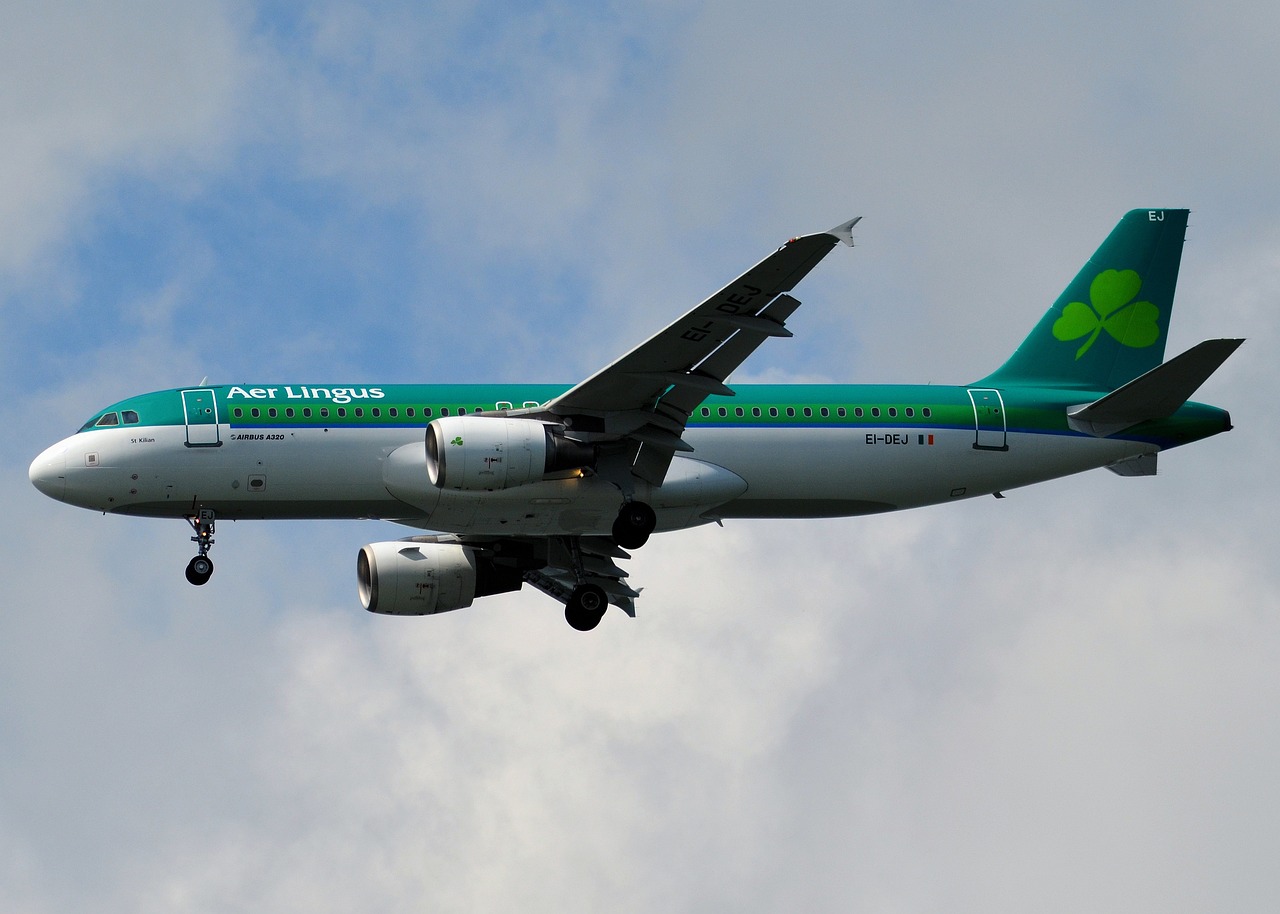
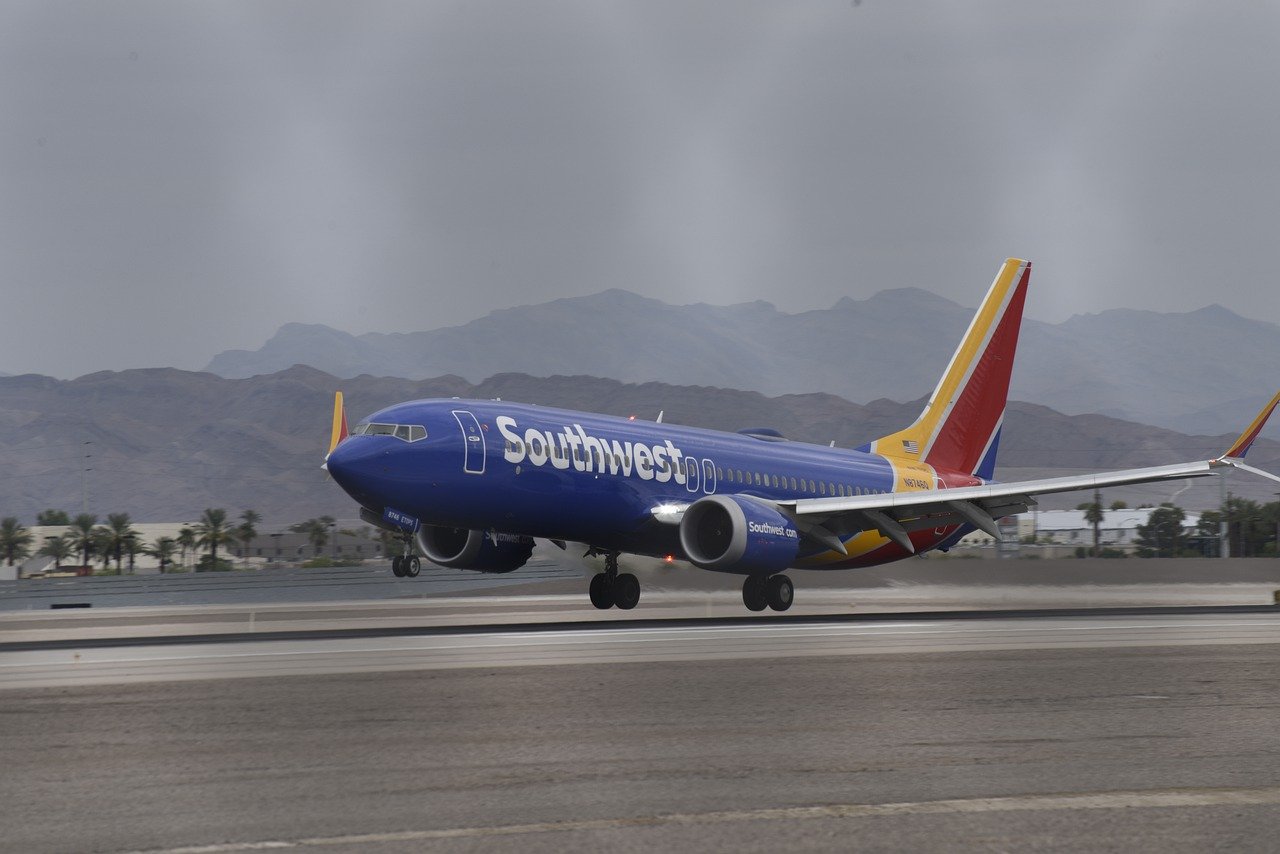

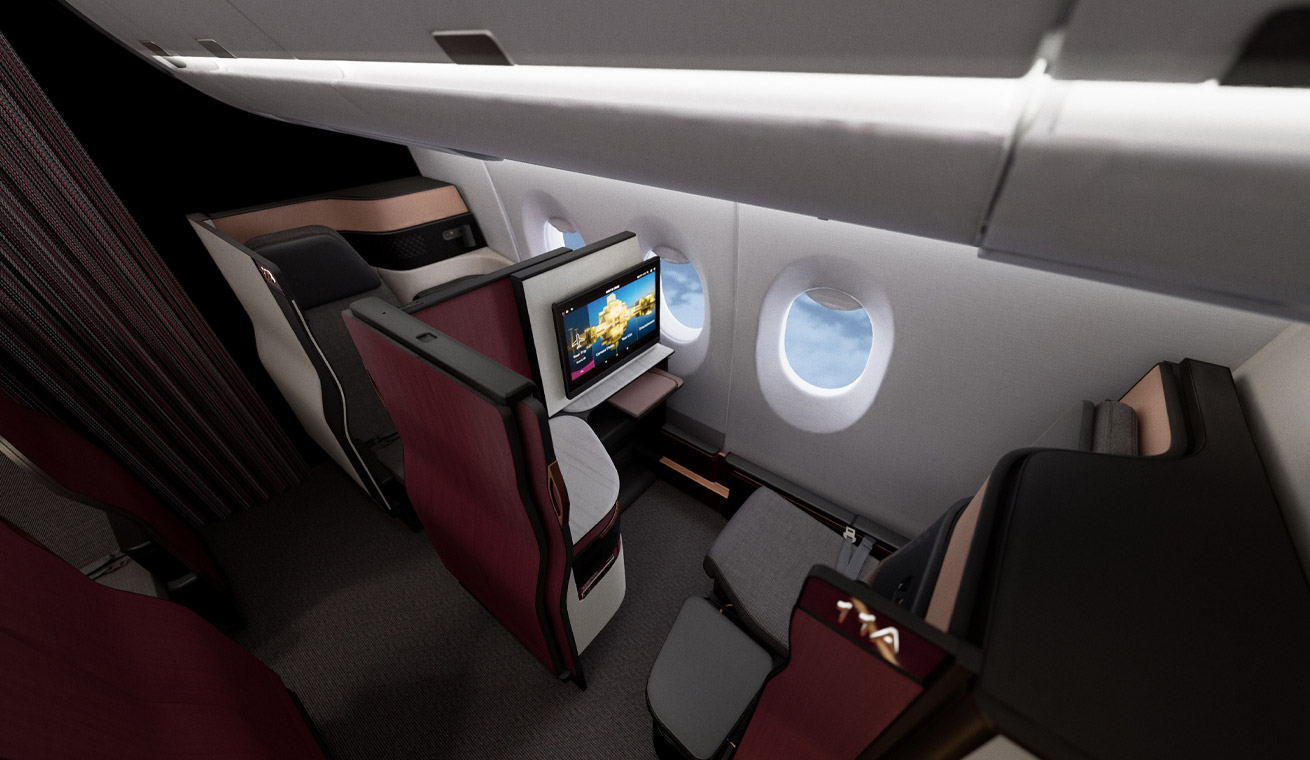


Leave a Reply